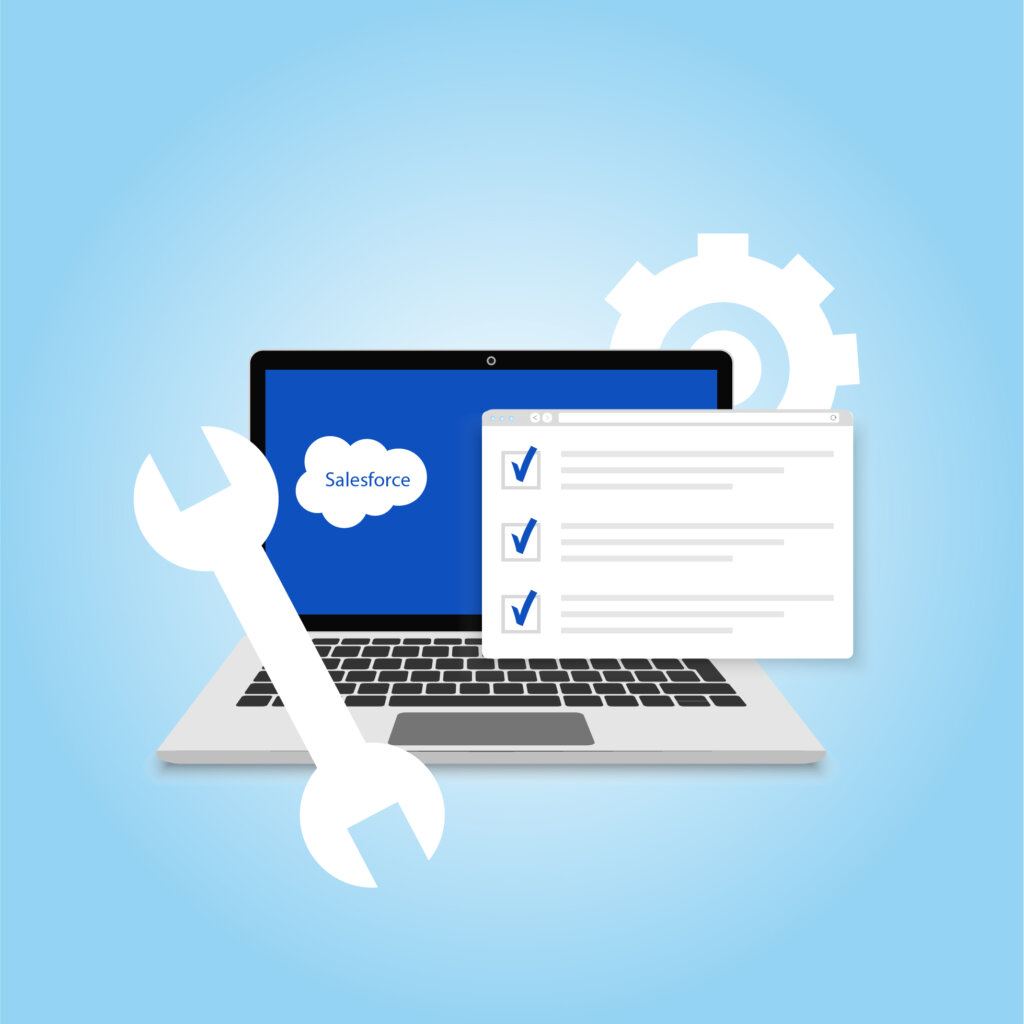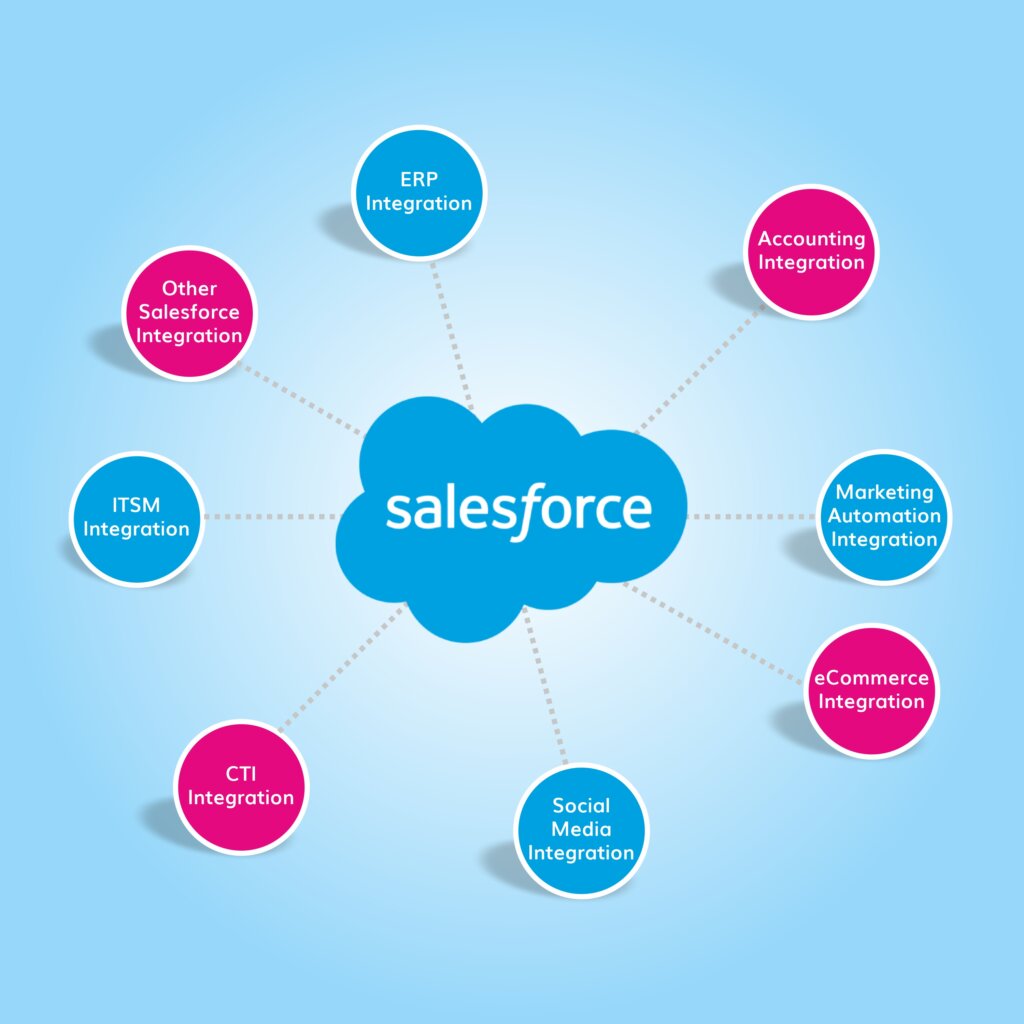How to Do Salesforce Customization Right?
(06 Easy Steps)
When it comes to serving potential customers while balancing the sales of the business, Salesforce has unlocked countless opportunities for us to get involved. It has now become an essential tool to run the business smoothly and meet all the requirements quickly and easily. With Salesforce customization, you can automate workflow, add new features, and integrate with third-party systems and whatnot. However, you need to organize the customization process properly to get an optimum Salesforce system. And, it requires more efforts in Salesforce customization than you think.
But no worries! We are mentioning six easy steps that ensure effective Salesforce customization.
Let’s get started!
What is the Salesforce Customization Process? – Let’s Understand in Six Easy Steps
1. Get Input From End Users
In this very first step of Salesforce customization, you need to gather around the information from your employees about what your end-users want. Why? They are the ones who serve your customers and have individual experience using Salesforce. All you need to do is collect the problems they are facing, what features they want or not in Salesforce. Doing so can help you identify the potential functionality gaps and make your Salesforce customization process seamless.
2. Build Customized Team
Coming to the next step, you need to start building a dedicated development team. According to time and resource availability, you need to decide whether you want to build an in-house team or hire a certified Salesforce consulting partner. Suppose your budget is too tight and has limited time for upgrading. In that case, it is better to hire a skilled and experienced consultant, having top-of-the-line expertise in Salesforce customization. Plus, it would be much better if you engage a CRM manager for result-oriented outcomes.
3. Prioritize Custom Features
Speaking from the first step, you already have the feedback from your employees regarding what features need to be added. But, sometimes, it is impossible to add all the suggestions provided about features that must be implemented due to budget constraints. So, you need to prioritize the custom features accordingly, so it does make an impact on your business and enhance the ROI of your business.
4. Use Appropriate Sandbox
While undertaking the Salesforce customization, you may have to face unwanted consequences which can affect your system operation. Well, we’ve got a solution for you. To get rid of such consequences, it is advisable to test the Salesforce customization in the sandbox environment. According to your business needs, you decide which type of Sandbox will be a great fit. For your knowledge, let us mention four types of Sandbox.
- Developer sandbox: This sandbox is used to create new customizations and test them with fresh test data in a clean system. It is created without any historical data.
- Developer pro sandbox: This sandbox creates customizations and tests them with larger sets of fresh data instead of a developer sandbox. The system is also isolated and clean.
- Partial copy sandbox: This sandbox is used as a testing environment with sample data to check how new customization can affect the system.
- Full sandbox: This sandbox is used to carry out performance testing, load testing, and staging. It has a full copy of the system used for final testing before it is going live.
Choose the right option when it comes to using appropriate sandbox!
5. Avoid Over Customization
It is advisable that you shouldn’t over customize your Salesforce platform. You might be wondering why? Well, let us tell you! Doing so can lead to low adoption and redundant features. And, we are pretty much sure that you really won’t like that too, right? So, it is recommended to plan the Salesforce customization before something like this is bound to happen. You can forecast it from the end-user feedback by setting up the budget, impact on business ROI to avoid such an unfortunate situation of over-customization.
6. Provide Training
In this step, you must provide proper training to your end-users so that they can use the upgraded Salesforce effectively for their day-to-day tasks. Because, many times, it happens that new customization creates complexity, and end-users can’t leverage the system the way they want. So, it’s better to provide training and, yes, arrange ongoing support for your end-users to ensure optimum adoption.
Conclusion:
Thus, Salesforce customization is one of the best ways to make your Salesforce CRM helpful for your end-users and employees (Using it as a tool for sales and customer service). For a successful customization process, we recommend you keep in mind all the steps, including the tips and tricks we mentioned above. But, if you think you need a helping hand and want to hire a certified Salesforce partner for Salesforce configuration and customization services to improve your ROI! Then, Technosip is a top-notch Salesforce configuration and customization company, providing services to clients all across the world. We have helped Startups, SMEs, and large-scale enterprises leverage Salesforce to the core using our certified Salesforce developer’s expertise. Get in touch with our expert today and ask how we can help you with our Salesforce customization services. You can email us on info@technosip.com or give us a call on +1 201 633 4050. We will be happy to help!
Contact Us
We’d Love to Help You
Get in Touch
- Fill out a request form. Please brief your requirements in-detail. The more we know about your amazing idea, the better we will guide and assist you with project time and resources
- We’ll reach out to you on priority to discuss next steps in the meantime please check out our case studies and insights.
- We look forward to collaborating with you to bring your idea to the market sooner than the traditional route.
Related




